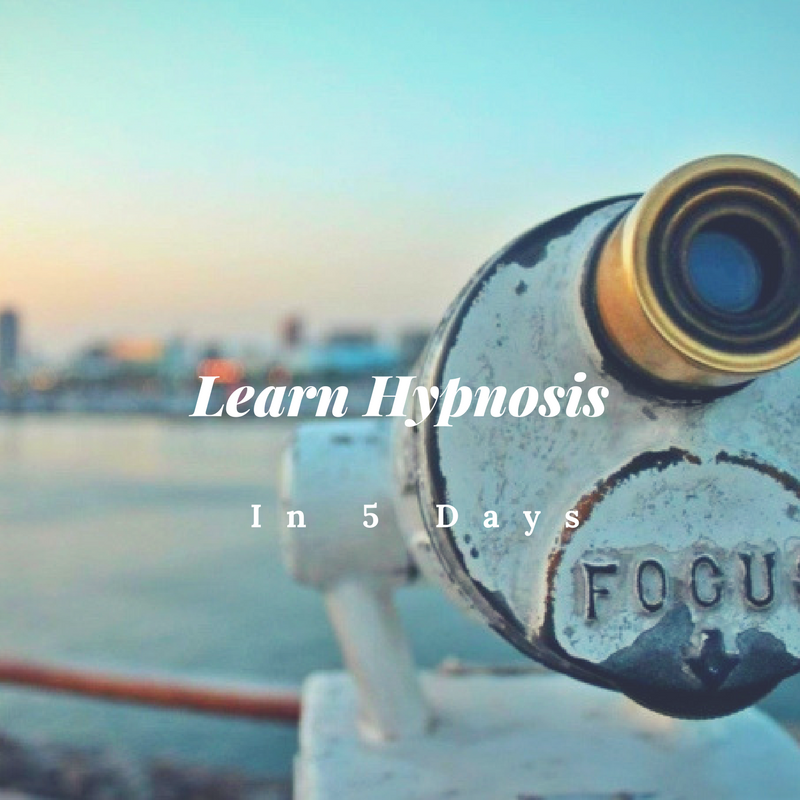Healing Hypnosis: The Mind Body Connection to Self-Hypnosis
I would say healing hypnosis falls under the therapies with a strong mind-body connection. According to the NIH, mind-body medicine focuses on treatments that may promote health, including relaxation, hypnosis, visual imagery, meditation, yoga, and biofeedback. Over the past 20 years, mind-body medicine has provided evidence that psychological factors can play a major role in such illnesses as heart disease, and that mind-body techniques can aid in their treatment.
Clinical trials have indicated mind-body therapies to be helpful in managing arthritis and other chronic pain conditions. There is also evidence they can help to improve psychological functioning and quality of life, and may help to ease symptoms of disease.
Medical science is finding new evidence that the mind and body are strongly connected, especially with respect to healing and preventing medical conditions. From controlling pain to overeating, healing hypnosis can be an effective tool to change your life in a long-lasting positive way. Whether it’s bad habits you want to replace with good ones or a severe illness you want to better control or eliminate, practicing healing hypnosis techniques can be your go-to strategy.
Sometimes, because of old myths and misconceptions associated with self-hypnosis, it’s difficult for physicians to convince patients to use hypnosis. Unfortunately, when people hear the word “hypnosis,” images of swinging watches and clucking like a chicken come to the minds of many.
The hypnosis we’re discussing here is for therapeutic applications, rather than stage entertainment. As more studies are provided, self-hypnosis is likely to become a well-accepted practice for many doctors and patients.
Healing Hypnosis:
Make Your Mind and Body Talk to Each Other
There is a deep, present connection between the subconscious mind and the body. During healing hypnosis, you’re given the opportunity to make the mind and body listen to each other and respond how you want them to. Self-hypnosis has now become a legitimate method of helping to ease pain, fight the side effects of cancer treatment, reduce stress and anxiety, and help with a host of other disorders.
The process of self-hypnosis is demystified as you come to know more about how the process works. Much has been written about self-hypnosis methods and studies are being conducted. It’s a fact that any medical condition, mental condition, bad habit or disorder that you want to correct can be helped by the power of self-hypnosis.
During the “altered state of consciousness” that self-hypnosis brings to your mind and body, you have the innate ability to maneuver and mold your idea or image into anything you want to become or correct.
Healing Hypnosis:
Some Medical Uses...
- IBS (Irritable Bowel Syndrome) – Much research and studies have been conducted on the use of self-hypnosis for the treatment and relief of IBS and the results have all been positive.
- Replace bad habits – Some bad habits, such as smoking, alcoholism and others are very bad for your health. Through self-hypnosis you can learn to replace these habits with ones that are more conducive to health.
- Psycho-physiological issues – Bed-wetting or thumb-sucking in children can be addressed through self-hypnosis as well as eating disorders, such as bulimia and anorexia.
- Stress and anxiety – These maladies can wreak havoc with your health, but with the help of self-hypnosis, they can be controlled effectively.
- Pain – Any type of pain, ranging from migraine headaches or chronic illnesses such as Chronic Fatigue Syndrome or as a result of a surgical procedure can be alleviated with self-hypnosis techniques.
- Seizures and Rheumatoid Arthritis – These two debilitating disorders can be helped very effectively with self-hypnosis. As you learn to control the messages you send to your mind, you’ll experience less pain and problems.
Healing Hypnosis:
Easy Self-Hypnosis
1
- You start by putting yourself into a relaxed state.
2 - You tell yourself (aloud or
in your head) the relaxing messages that are helpful to you. Visualize how you
feel or what your goal may look like.
You can place yourself in a relaxed state in
various ways, such as progressive muscle relaxation and diaphragmatic
breathing.
Here is a really simple self-hypnosis technique for you to try today!
- 1. Before getting started, reduce distractions. Turn off the TV, phone, etc.
- 2. Sit or lie down in a comfortable position.
- 3. Close your eyes.
- 4. Take a deep breath in.
- 5. Exhale slowly and say "25" in your head.
- 6. Take another deep breath in.
- 7. Exhale slowly and say "24" in your head.
- 8. Continue this breathing pattern as you count backward from 25 to 0.
- 9. When you reach 0, tell yourself a calming message and visualize your goal.
EXAMPLE:
- "I feel a wave of relaxation go through my body. I feel relaxed from my head to my toes. I am in control of my relaxation and can call upon it at any time. I feel relaxed especially during work meetings. " Imagine how this feels. Visualize your body relaxing. Maybe you’re picturing at the meeting feeling in control and relaxed.
Repeat this message (or mantra) a couple of
times.
- 10. Take a deep breath in.
- 11. Exhale slowly and say "0" in your head.
- 12. Take another deep breath in.
- 13. Exhale slowly and say "1" in your head.
- 14. Continue this breathing pattern as you count from 0 to 25.
|
Would you like to learn how to do hypnosis? Why not try the Learn Hypnosis in 5 Days mini course? It's free of charge, and I promise you won't feel any worse for giving it a whirl. |


